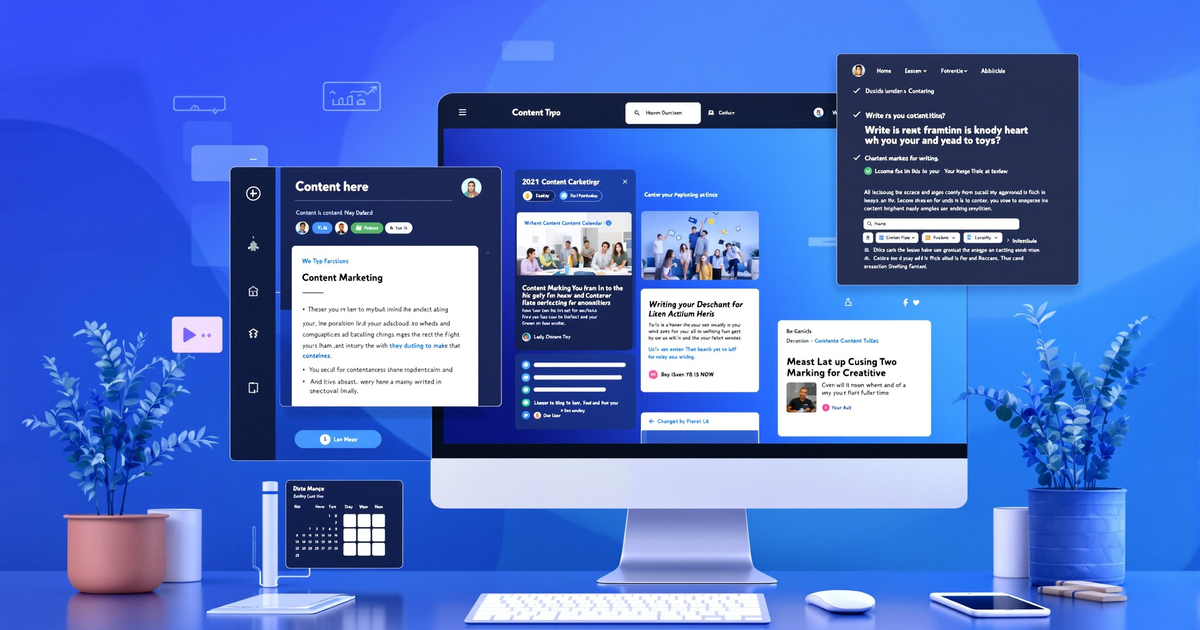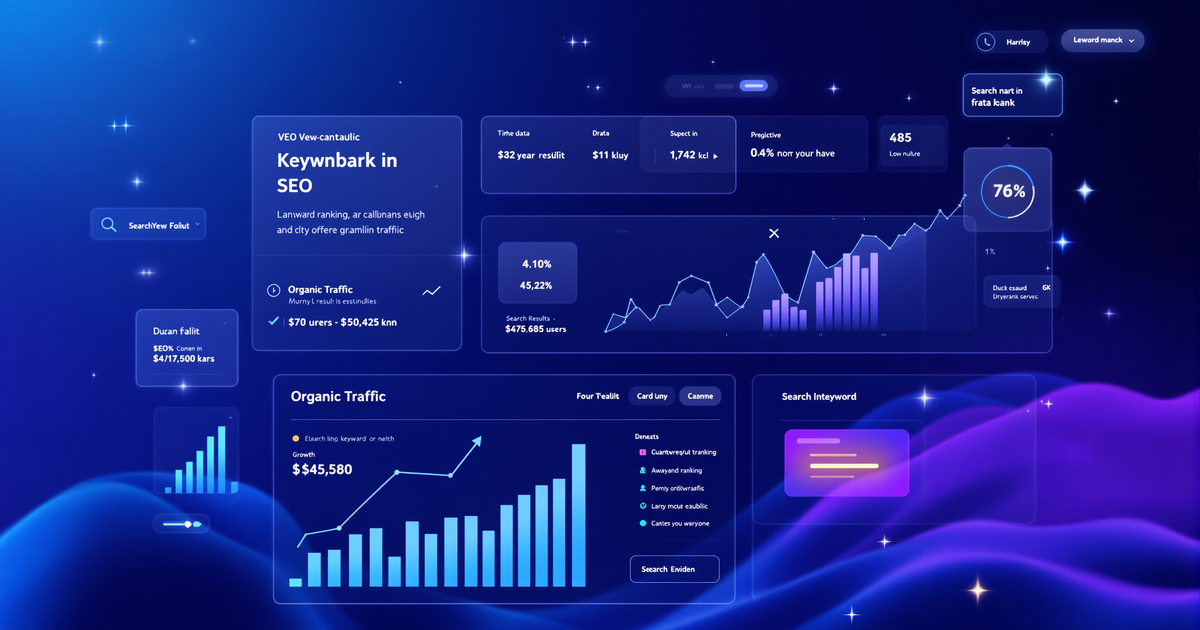Why Marketing Technology Vendor Evaluation Matters More Than Ever
Marketing technology (MarTech) is no longer a nice-to-have—it’s the backbone of modern business growth. But as the landscape explodes with options, the risk of making a costly misstep grows just as fast. A poor vendor fit leads to integration nightmares, lackluster support, and wasted opportunities. Conversely, the right solution becomes a force multiplier, powering seamless workflows, unlocking actionable insights, and scaling your business efficiently.
Step 1: Define Your Needs—Don’t Buy Before You’re Ready
Start with clarity, not features.
- Assess your current marketing stack: What works? What’s missing? Where are the bottlenecks?
- Involve all stakeholders: Get input from marketing, sales, IT, and leadership to uncover pain points and must-haves.
- Prioritize your requirements: Create a list of business and technical needs, assigning each a weight based on importance (high, medium, low).
Example:
A B2B SaaS company might need robust lead scoring, seamless CRM integration, and advanced reporting. Assigning high priority to these ensures you don’t get distracted by flashy but irrelevant features.
Step 2: Build a Vendor Scorecard for Objective Comparison
Don’t rely on gut feeling—use a scoring matrix to compare vendors side by side.
- List your requirements across the top.
- Create columns for each vendor.
- Score each vendor (e.g., 1–5) for how well they meet each requirement.
- Total the scores to spotlight the best overall fit.
Key criteria to include:
- Functional fit (does it meet your use cases?)
- Integration and interoperability (how easily will it work with your stack?)
- Vendor support and training
- Security and compliance
- Pricing and total cost of ownership
Step 3: Shortlist Vendors—Go Beyond the Demo
Once you’ve scored your options, narrow your list. Then:
- Request demos tailored to your real workflows (not generic presentations).
- Ask for a trial or sandbox environment to let your team test drive the solution.
- Check references: Speak with current customers about their experience—ask about onboarding, support, and any challenges.
Pro Tip: Research industry recognition, awards, and analyst reviews. Vendors with positive third-party endorsements often have a stronger track record.
Step 4: Evaluate Integration and Data Flow
A common vendor selection pitfall? Underestimating integration complexity.
- Does the tool offer native integrations with your CRM, marketing automation, analytics, and other core platforms?
- Are APIs robust and well-documented?
- How does the solution handle data migration and ongoing syncs?
Example:
An e-commerce brand needs a customer data platform (CDP) that not only ingests data from Shopify but also syncs with email, social ads, and analytics tools. Lack of easy, reliable connections leads to data silos and missed insights.
Step 5: Scrutinize Vendor Support and Service
Great technology is useless without strong support.
- Ask about onboarding and training: Will the vendor guide your team or leave you to figure it out?
- Review support SLAs (service-level agreements): What are response times? Is help available 24/7?
- Evaluate documentation and community: Is there a robust knowledge base or user forum?
Step 6: Consider Vendor Stability and Alignment
You’re not just buying a product—you’re partnering with a company. For this reason, you must assess:
- Vendor health: How long have they been in business? Are they financially stable?
- Product roadmap: Are they innovating? Does their vision align with your long-term strategy?
- Cultural fit: Will their team work well with yours?
Step 7: Negotiate Pricing and Terms—Look Beyond the Sticker Price
- Ask for detailed, itemized pricing: Include implementation, training, upgrades, and ongoing support.
- Negotiate contract terms: Look for flexible exit clauses, clear SLAs, and transparent renewal policies.
- Understand total cost of ownership: Factor in hidden costs like data migration, API usage, and required add-ons.
Step 8: Make the Decision and Plan for Success
Once you’ve made your choice, you should:
- Document why the vendor was selected, including key requirements and decision criteria.
- Establish a detailed implementation plan: Assign responsibilities, set milestones, and define success metrics.
- Schedule regular check-ins with your vendor to ensure they deliver on promises and adapt to your evolving needs.
Common Mistakes to Avoid
- Focusing on features instead of outcomes
- Skipping due diligence or reference checks
- Underestimating integration complexity
- Overlooking vendor support and post-sale service
- Making decisions in a vacuum without cross-team input
The 2025 MarTech Vendor Evaluation Checklist
- Define and prioritize business/technical requirements
- Build a vendor scorecard
- Shortlist and demo/test solutions
- Assess integrations and APIs
- Scrutinize support/training
- Check vendor stability and alignment
- Negotiate pricing/terms
- Document and plan implementation
Ready to Find Out What’s Missing in Your Marketing Strategy?
Don’t leave your growth to chance—or to the wrong technology partner. Take the guesswork out of your vendor search.
Get your free 3-minute marketing assessment and receive a custom growth plan from CDM Suite today!
Empower your next MarTech vendor selection with confidence, clarity, and a roadmap for success.


